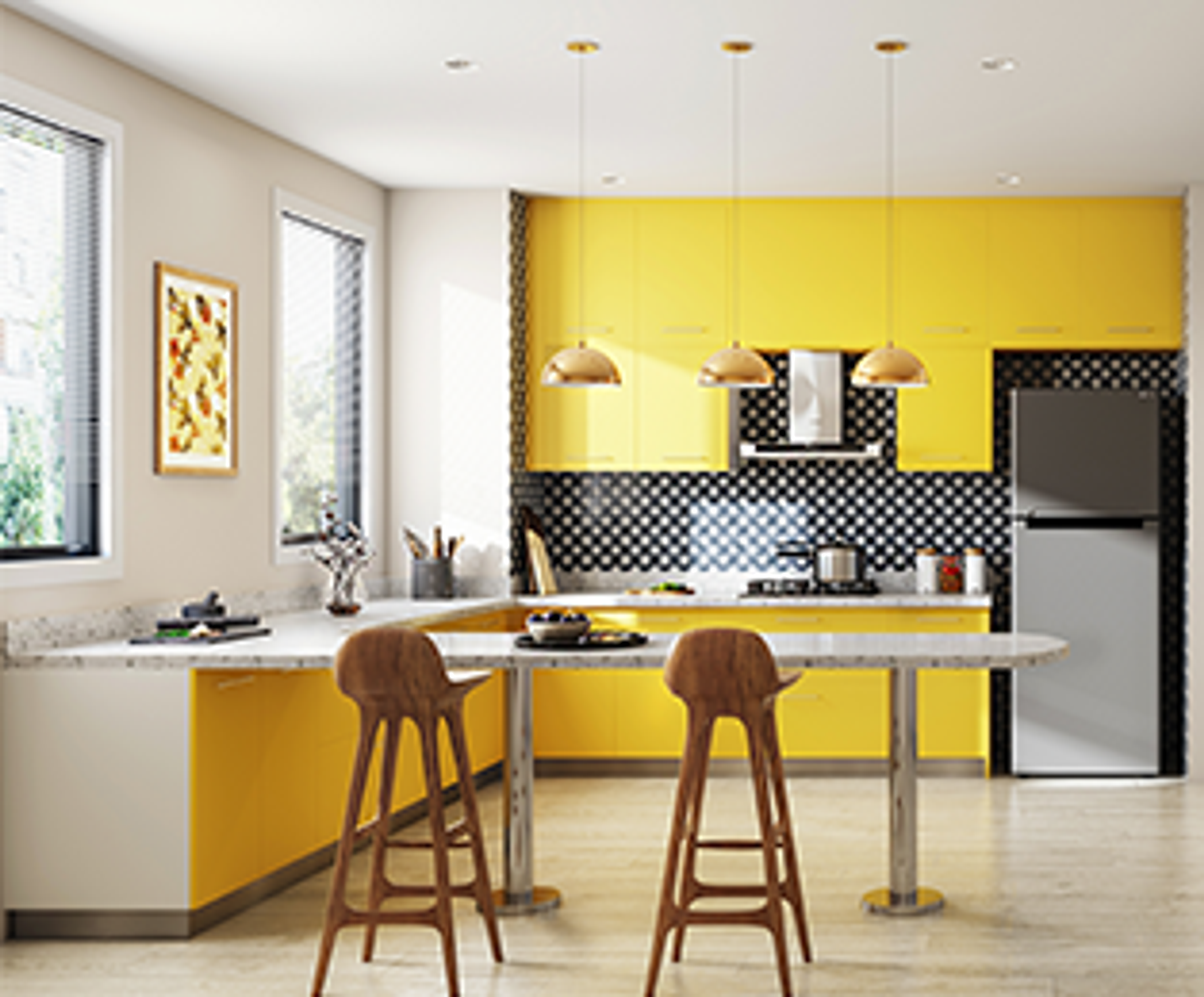Change Your Home With Vital Concepts of Interior Decoration and Appearances
By comprehending the influence of color concept and the significance of appearance and patterns, one can create rooms that are not only aesthetically appealing yet also deeply individual. Achieving this stability entails more than mere decor; it encompasses a tactical plan and a keen understanding of just how each component interacts within an area.
Comprehending Color Concept
Color concept is a basic aspect of indoor design that considerably influences mood, assumption, and total visual. Understanding the concepts of shade concept allows designers to develop spaces that reverberate psychologically with owners while meeting practical needs (Architecture Firm). Colors can be classified into 3 key kinds: primary, secondary, and tertiary. Each classification plays a critical duty in developing consistency within a room.
The emotional influence of shades is profound; cozy shades such as reds and oranges stimulate energy and heat, while great tones like blues and eco-friendlies promote peace and peace. The use of corresponding colors enhances aesthetic interest, developing striking contrasts that can elevate a space's appeal.
Neutral colors, on the various other hand, function as a functional background, permitting various other style elements to shine. It is necessary to take into consideration factors such as lighting and the room's objective when picking a shade combination, as these can alter the perception of shades throughout the day.
Ultimately, a well-considered shade system can transform an area, cultivating a feeling of convenience and design that aligns with the inhabitants' preferences. Proficiency of shade concept is, consequently, an essential ability for any type of interior designer aiming to produce harmonious and welcoming settings.
Accomplishing Balance in Design
Just how can developers achieve a sense of balance in their spaces? Accomplishing balance in layout is essential to creating unified insides.
Asymmetrical equilibrium, on the various other hand, counts on differing components that still attain a cohesive look. This strategy allows for even more dynamic and casual setups, providing interest while keeping balance. By thoroughly selecting differing dimensions, colors, and textures, developers can develop an aesthetically compelling room that feels balanced yet energetic.
Radial balance stresses a central focal factor with elements radiating exterior. This style is typically seen in circular layouts, where furnishings and decoration develop a cohesive border that draws the eye inward.
Eventually, achieving balance needs thoughtful factor to consider of range, percentage, and the connections in between aspects. interior design firms. By masterfully using these balance principles, designers can transform areas right into environments that really feel both cosmetically pleasing and functionally unified, enhancing the total experience for owners
Significance of Spatial Understanding

An eager sense of spatial understanding allows developers to determine centerpieces within a space, guiding the customer's focus to key attributes while keeping an overall feeling of unity. It additionally helps in the calculated positioning of lighting, which can dramatically affect the assumption of space and state of mind. In addition, understanding spatial relationships allows the designer to provide to the particular demands of occupants, ensuring that each location serves its designated function without compromising looks.
Inevitably, spatial understanding is crucial for making the most of the potential of any interior room. By meticulously thinking about the interaction in between dimensions, format, and function, developers can develop atmospheres that not just fulfill practical needs but also stimulate a feeling of convenience and beauty, enhancing the general living experience.
Integrating Appearance and Patterns
Welcoming a diverse series of appearances and patterns can considerably boost the aesthetic and responsive allure of an interior room. The calculated use various materials-- such as wood, metal, material, and stone-- creates deepness and passion, making a room really feel a lot more welcoming and vibrant. For example, incorporating smooth surface areas with harsh structures can develop an equilibrium that attracts the eye and involves the senses.
When including patterns, think about both range and repeating. Huge patterns can act as prime focus, while smaller sized, i was reading this refined layouts can complement various other aspects without overwhelming the space. Layering patterns, such as pairing flower cushions with striped tosses, adds intricacy and a sense of harmony if implemented attentively.
It is additionally vital to maintain a natural color scheme, guaranteeing that appearances and patterns collaborate rather than contend for focus. By choosing a couple of essential textures and patterns, you can create a combined visual that mirrors your personal design while boosting the overall setting of the area. Inevitably, the mindful incorporation of these elements can change a mundane room right into a sophisticated environment abundant with personality and warmth.
Customizing Your Room
Producing a room that reflects your individuality is essential to accomplishing a genuinely welcoming atmosphere. Personalization in interior decoration allows you to instill your one-of-a-kind style and interests into your home, transforming it from a mere shelter into a shelter that speaks with who you are. Begin by choosing a color scheme that resonates with your feelings-- bold tones can stimulate, while soft tones use harmony.
Include art work and design that show your interests, whether it be traveling, nature, or abstract concepts. Displaying personal collections, such as publications, pictures, or Click Here souvenirs, can stimulate valued memories and create prime focus within a space. Furthermore, think about tailoring useful pieces, like upholstered furniture, to straighten with your visual choices.

Final Thought
In verdict, the transformation of a home through the necessary principles of interior layout and aesthetic appeal requires a thorough understanding of shade concept, balance, spatial awareness, structure, and customization. Each component contributes significantly to creating a harmonious and practical living environment - miami interior design. By attentively incorporating these concepts, people can enhance the aesthetic allure and psychological vibration of their areas, eventually fostering a home that mirrors one-of-a-kind identifications while giving convenience and practicality